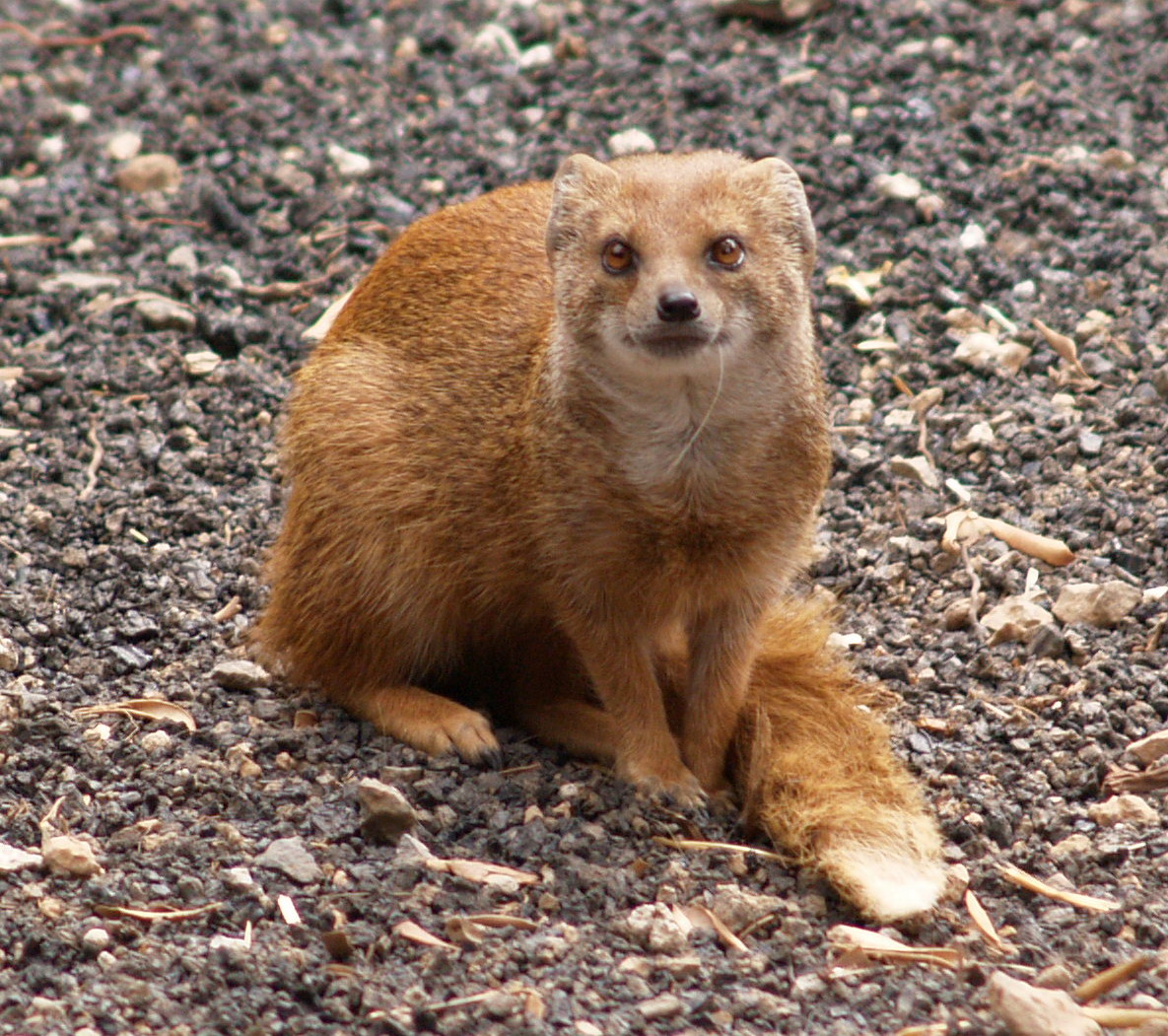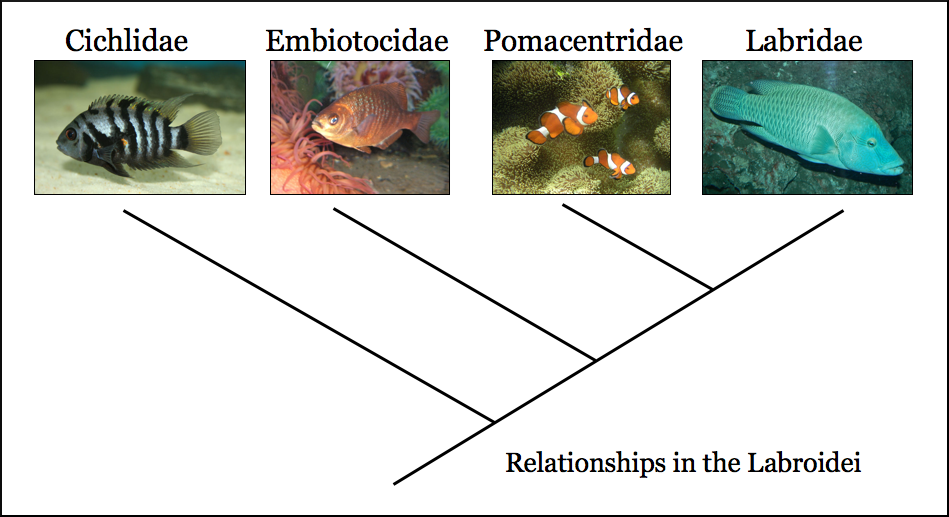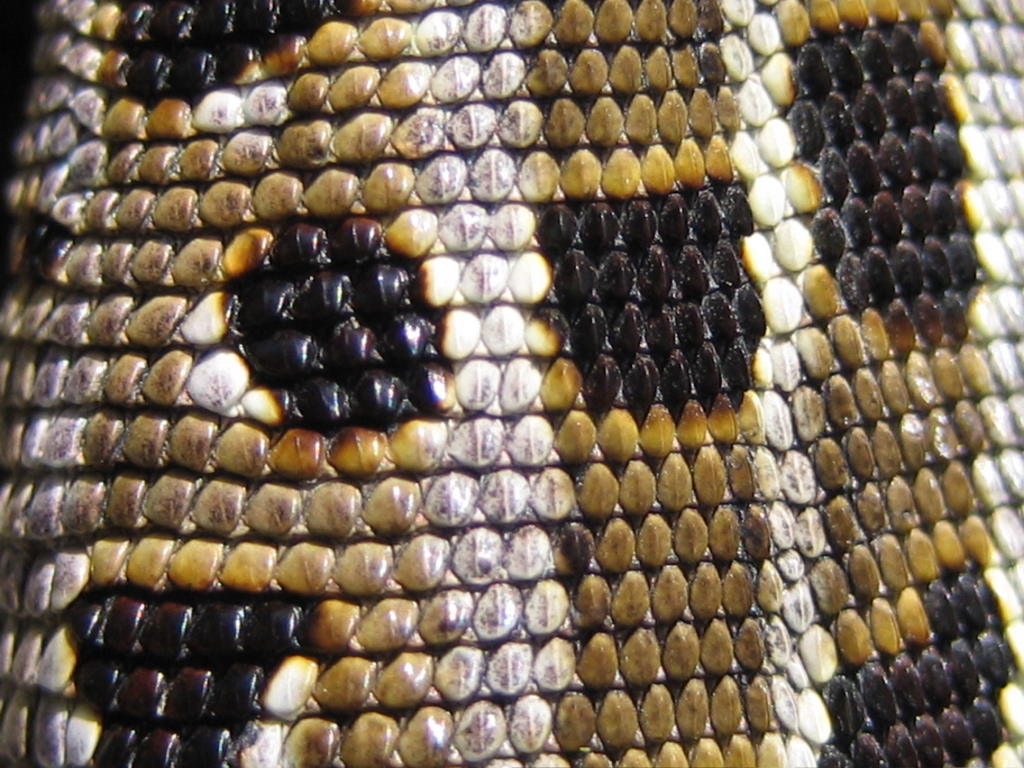|
Tilgate Nature Centre
Tilgate Nature Centre is a small BIAZA-accredited zoo located within Tilgate Park in Tilgate Forest, South-East Crawley, West Sussex, England. The nature centre holds 144 different animal species (in 2021), and are actively involved in breeding programmes to preserve many threatened wild species from extinction. History Tilgate Nature Centre was formed in 1966 by Crawley Borough Council to breed ducklings for introduction into the three lakes at Tilgate, namely Campbells, Silt and Titmus. The zoo's focus changed over the years, and it now houses an impressive animal collection including reindeer, owls, raccoon dogs, parrots, mongooses, otters, snakes, tarantulas, lizards and various invertebrates. Tilgate Nature Centre is actively involved in breeding programmes for threatened species such as the Northern bald ibis, and has also been involved in re-introduction programmes; most notably the fen raft spider ( Dolomedes plantarius) from the UK. Attractions There are 144 ... [...More Info...] [...Related Items...] OR: [Wikipedia] [Google] [Baidu] |
Tilgate
Tilgate is one of 14 neighbourhoods within the town of Crawley in West Sussex, England. The area contains a mixture of privately developed housing, self-build groups and ex-council housing. It is bordered by the districts of Furnace Green to the north east, Southgate to the north west and Broadfield to the south west. History Tilgate was first mentioned in 13th- and 14th-century tax returns with the inclusion of land owned by William Yllegate (or de illegate). Within the Tilgate forest in the 17th century was a furnace (''Tilgate Furnace''). In the 1860s a large house (''Tilgate Mansion'') and estate was created of 2,185 acres (which included of woodland). The entrance and Tilgate Forest Lodge is near Three Bridges railway station. The supply ponds for the furnace survived and became ''Tilgate Lake'' within the estate. The estate was associated with the Joliffe family (and later the Nix family of bankers). The estate was sold by auction on 7 September 1939; this included the ... [...More Info...] [...Related Items...] OR: [Wikipedia] [Google] [Baidu] |
Mongoose
A mongoose is a small terrestrial carnivorous mammal belonging to the family Herpestidae. This family is currently split into two subfamilies, the Herpestinae and the Mungotinae. The Herpestinae comprises 23 living species that are native to southern Europe, Africa and Asia, whereas the Mungotinae comprises 11 species native to Africa. The Herpestidae originated about in the Early Miocene and genetically diverged into two main genetic lineages between 19.1 and . Etymology The English word "mongoose" used to be spelled "mungoose" in the 18th and 19th centuries. The name is derived from names used in India for ''Herpestes'' species: or in classical Hindi; in Marathi; in Telugu; , and in Kannada. The form of the English name (since 1698) was altered to its "-goose" ending by folk etymology. The plural form is "mongooses". Characteristics Mongooses have long faces and bodies, small, rounded ears, short legs, and long, tapering tails. Most are brindled or grizzly; a few ... [...More Info...] [...Related Items...] OR: [Wikipedia] [Google] [Baidu] |
Barn Owl
The barn owl (''Tyto alba'') is the most widely distributed species of owl in the world and one of the most widespread of all species of birds, being found almost everywhere except for the polar and desert regions, Asia north of the Himalayas, most of Indonesia, and some Pacific Islands. It is also known as the common barn owl, to distinguish it from the other species in its family, Tytonidae, which forms one of the two main lineages of living owls, the other being the typical owls (''Strigidae''). There are at least three major lineages of barn owl: the western barn owl of Europe, western Asia, and Africa; the eastern barn owl of southeastern Asia and Australasia; and the American barn owl of the Americas. Some taxonomic authorities classify barn owls differently, recognising up to five separate species; and further research needs to be done to resolve the disparate taxonomies. There is considerable variation of size and colour among the approximately 28 subspecies, b ... [...More Info...] [...Related Items...] OR: [Wikipedia] [Google] [Baidu] |
Malawi Cichlid
Cichlids are fish from the family Cichlidae in the order Cichliformes. Cichlids were traditionally classed in a suborder, the Labroidei, along with the wrasses ( Labridae), in the order Perciformes, but molecular studies have contradicted this grouping. The closest living relative of cichlids is probably the convict blenny, and both families are classified in the 5th edition of ''Fishes of the World'' as the two families in the Cichliformes, part of the subseries Ovalentaria. This family is both large and diverse. At least 1,650 species have been scientifically described, making it one of the largest vertebrate families. New species are discovered annually, and many species remain undescribed. The actual number of species is therefore unknown, with estimates varying between 2,000 and 3,000. Many cichlids, particularly tilapia, are important food fishes, while others, such as the ''Cichla'' species, are valued game fish. The family also includes many popular freshwater aqu ... [...More Info...] [...Related Items...] OR: [Wikipedia] [Google] [Baidu] |
African Clawed Frog
The African clawed frog (''Xenopus laevis'', also known as the xenopus, African clawed toad, African claw-toed frog or the ''platanna'') is a species of African aquatic frog of the family Pipidae. Its name is derived from the three short claws on each hind foot, which it uses to tear apart its food. The word ''Xenopus'' means 'strange foot' and ''laevis'' means 'smooth'. The species is found throughout much of Sub-Saharan Africa (Nigeria and Sudan to South Africa),Weldon; du Preez; Hyatt; Muller; and Speare (2004). Origin of the Amphibian Chytrid Fungus.' Emerging Infectious Diseases 10(12). and in isolated, introduced populations in North America, South America, Europe, and Asia. All species of the family Pipidae are tongueless, toothless and completely aquatic. They use their hands to shove food in their mouths and down their throats and a hyobranchial pump to draw or suck things in their mouth. Pipidae have powerful legs for swimming and lunging after food. They also use the ... [...More Info...] [...Related Items...] OR: [Wikipedia] [Google] [Baidu] |
Pancake Tortoise
The pancake tortoise (''Malacochersus tornieri'') is a species of flat-shelled tortoise in the family Testudinidae. The species is native to Tanzania and Kenya. Its common name refers to the flat shape of its shell. Etymology Both the specific name, ''tornieri'', and an alternate common name, Tornier's tortoise, are in honor of German zoologist Gustav Tornier. Taxonomy ''Malacochersus tornieri'' is the only member of its genus. Description The pancake tortoise has an unusually thin, flat, flexible shell, which is up to long.Turtles of the World (CD-ROM), by Ernst CH, Altenburg RGM, Barbour RW (February 2007). [...More Info...] [...Related Items...] OR: [Wikipedia] [Google] [Baidu] |
Naked Mole-rat
The naked mole-rat (''Heterocephalus glaber''), also known as the sand puppy, is a burrowing rodent native to the Horn of Africa and parts of Kenya, notably in Somali regions. It is closely related to the blesmols and is the only species in the genus ''Heterocephalus''. The naked mole-rat exhibits a highly unusual set of physiological and behavioral traits that allow it to thrive in a harsh underground environment; most notably its being the only mammalian thermoconformer with an almost entirely ectothermic (cold-blooded) form of body temperature regulation, as well as exhibiting a complex social structure split between reproductive and non-reproductive castes, making it and the closely-related Damaraland mole-rat (''Fukomys damarensis'') the only widely recognized examples of eusociality (the highest classification of sociality) in mammals. The naked mole-rat lacks pain sensitivity in its skin, and has very low metabolic and respiratory rates. It is also remarkable for its ... [...More Info...] [...Related Items...] OR: [Wikipedia] [Google] [Baidu] |
African Grey Hornbill
The African grey hornbill (''Lophoceros nasutus'') is a member of the hornbill family of mainly tropical near-passerine birds found in the Old World. It is a widespread resident breeder in much of sub-Saharan Africa and the southwest of the Arabian Peninsula. The African grey hornbill has escaped or been deliberately released into Florida, USA, but there is no evidence that the population is breeding and may only persist due to continuing releases or escapes. Taxonomy In 1760 the French zoologist Mathurin Jacques Brisson included a description of the African grey hornbill in the fourth volume of his ''Ornithologie'' based on a specimen collected in Senegal. He used the French name ''Le calao à bec noir du Sénégal'' and the Latin name ''Hydrocorax Senegalensis Melanorynchos''. [...More Info...] [...Related Items...] OR: [Wikipedia] [Google] [Baidu] |
Dwarf Crocodile
The dwarf crocodile (''Osteolaemus tetraspis''), also known as the African dwarf crocodile, broad-snouted crocodile (a name more often used for the Asian mugger crocodile) or bony crocodile, is an African crocodile that is also the smallest extant (living) species of crocodile. Taxonomy and etymology The second species has had a somewhat convoluted taxonomical history. It was first described as ''Osteoblepharon osborni'' by Schmidt in 1919, based on a few specimens from the Upper Congo River Basin in what is now the Democratic Republic of Congo. However, Inger in a 1948 paper found the specimens wanting of characteristics that would justify a generic separation from ''Osteolaemus'' and referred the specimens to ''Osteolaemus osborni''. In 1961, it was reduced to subspecies rank. A study of morphology published in 2007, and studies of DNA in 2009, 2013 and 2015 indicate that three distinctly different populations of ''Osteolaemus'' may merit full species recognition. Thes ... [...More Info...] [...Related Items...] OR: [Wikipedia] [Google] [Baidu] |
Waterloo Park Llamas Alpacas 2019
Waterloo most commonly refers to: * Battle of Waterloo, a battle on 18 June 1815 in which Napoleon met his final defeat * Waterloo, Belgium, where the battle took place. Waterloo may also refer to: Other places Antarctica *King George Island (South Shetland Islands), known in Russian as Ватерло́о ('Vaterloo') Australia *Waterloo, New South Wales *Waterloo, Queensland *Waterloo, South Australia *Waterloo Bay, now Elliston, South Australia *Waterloo, Victoria *Waterloo, Western Australia Canada *Waterloo, Nova Scotia *Regional Municipality of Waterloo, a region in Ontario **Waterloo, Ontario, a city **Waterloo (electoral district) **Waterloo (provincial electoral district) **Waterloo County, Ontario (1853–1973) *Waterloo, Quebec Hong Kong *Waterloo Road, Hong Kong, a road in Kowloon, Hong Kong New Zealand *Waterloo, New Zealand Sierra Leone *Waterloo, Sierra Leone Suriname *Waterloo, Suriname United Kingdom *Waterloo, Dorset, England *Waterloo, Huddersfield, Engla ... [...More Info...] [...Related Items...] OR: [Wikipedia] [Google] [Baidu] |
Great Raft Spider
The great raft spider or fen raft spider (''Dolomedes plantarius'') is a European species of spider in the family Pisauridae. Like other '' Dolomedes'' spiders, it is semiaquatic, hunting its prey on the surface of water. It occurs mainly in neutral to alkaline, unpolluted water of fens and grazing marsh. Taxonomy The species was first described by arachnologist Carl Alexander Clerck in 1757 as ''Araneus plantarius''. Its genus was reclassified by Pierre André Latreille in 1804 to '' Dolomedes''. The species has also been described under the name ''Aranea viridata'' by Müller and as ''Dolomedes riparius'' by Hahn. The species is currently recognised as ''Dolomedes plantarius'' and has two widely recognised common names: the great raft spider and the fen raft spider. Morphology ''D. plantarius'' is a large species within its range. Adult females can have bodies of slightly over 20mm in length with a span of 70mm including their legs. It is typically black or brown in c ... [...More Info...] [...Related Items...] OR: [Wikipedia] [Google] [Baidu] |
Lizard
Lizards are a widespread group of squamate reptiles, with over 7,000 species, ranging across all continents except Antarctica, as well as most oceanic island chains. The group is paraphyletic since it excludes the snakes and Amphisbaenia although some lizards are more closely related to these two excluded groups than they are to other lizards. Lizards range in size from chameleons and geckos a few centimeters long to the 3-meter-long Komodo dragon. Most lizards are quadrupedal, running with a strong side-to-side motion. Some lineages (known as " legless lizards"), have secondarily lost their legs, and have long snake-like bodies. Some such as the forest-dwelling '' Draco'' lizards are able to glide. They are often territorial, the males fighting off other males and signalling, often with bright colours, to attract mates and to intimidate rivals. Lizards are mainly carnivorous, often being sit-and-wait predators; many smaller species eat insects, while the Komodo eats mamma ... [...More Info...] [...Related Items...] OR: [Wikipedia] [Google] [Baidu] |
.jpg)








